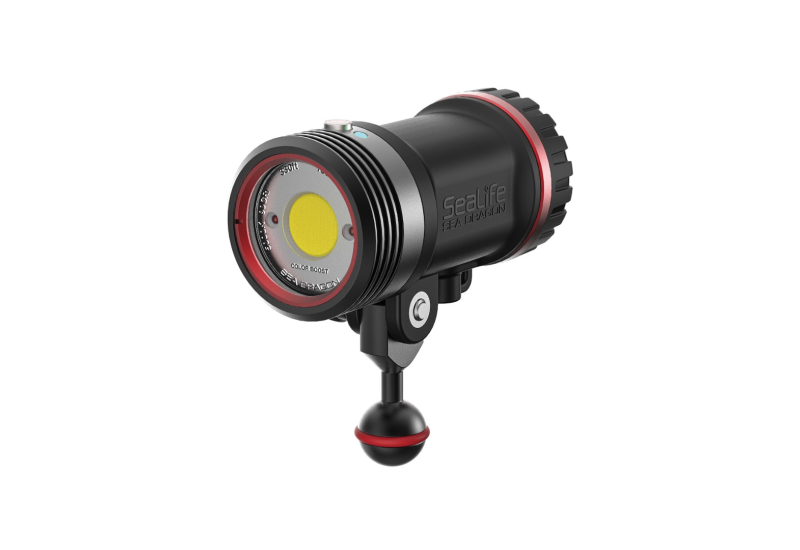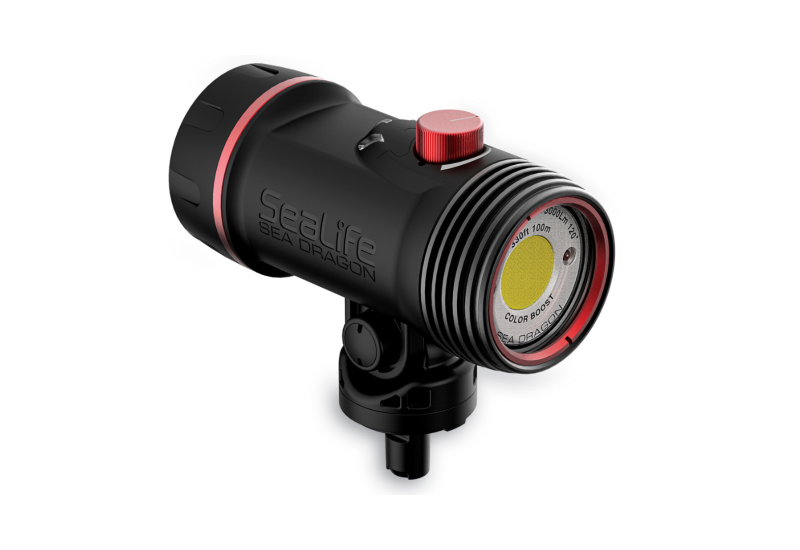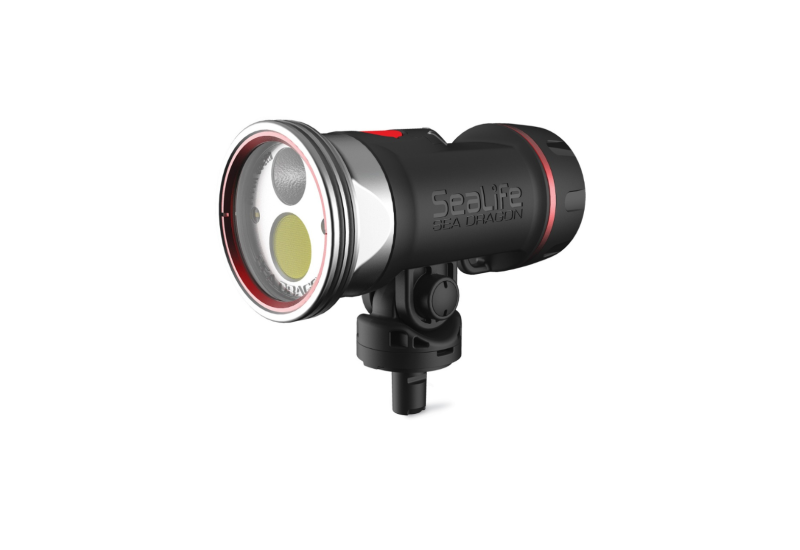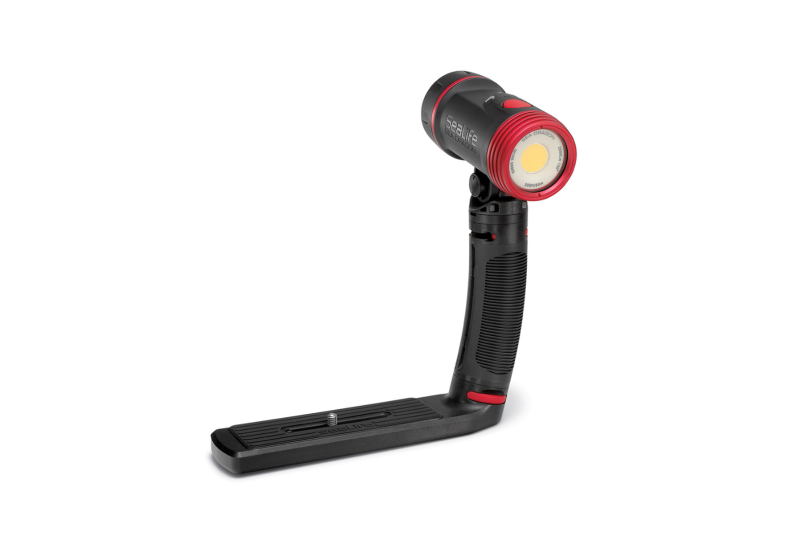2011 ScubaLab Dive Lights: Tester's Choice

ScubaLab Dive Lights
Carrie Garcia
How We Test Dive Lights
Dive-light manufacturers use many different terms in describing their lights — lumens and lux, kelvins, beam angle, wattage, etc. — all of which are perfectly legitimate but can be thoroughly confusing. To cut through this confusion, ScubaLab has designed a test protocol that focuses on a few basic points that can be applied to any light. The ScubaLab test team first takes each light into a darkroom, then places it on a pedestal six feet from a white screen. Using a Sekonic L-308S digital light meter, we measure the exposure-value (EV) reading at the center of the hot spot and 12 inches out from center at the four compass points. These readings allow a direct comparison between lights, no matter how many bulbs, batteries or whiz-bang optics they might have. It also lets us see the overall brightness of a light and how quickly it falls off as it’s moved away from center. A dive light that produces a high EV reading at the center of its main beam, and which maintains a high reading 12 inches out from the center, is obviously putting out more light than one that doesn’t.
We then pull out a tape and measure the diameter of the main beam, as well as the width of the halo that surrounds the main beam. Of course, at different distances, beams and halos vary in size; by measuring them at a consistent distance, we can compare them. Finally, we take the lights into the water to evaluate the ergonomics of handles, switches and attachments. Results can be found in the individual reviews as well as in the specifications chart at http://ads.bonniercorp.com/SPD/TestBed/Divelightchart.html.
Dive-Light Reviews
This year’s lights were divided into four categories: Pocket Lights, Compact Primary Lights, Big Primary Lights and Canister Lights. In evaluating each, we use the following terminology:
Hot Spot: Center of the main beam.
Main Beam: The area of light radiating outward in all directions, from the hot spot to the point where brightness takes a radical drop.
Halo: The area of usable light that extends from the outer edge.
Drop-Off: Difference in light intensity from the center hot spot to a point of measurement 12 inches out.
Burn Time: How long will it run on a single set of batteries? All the burn times listed here are based on manufacturer estimates.

The above graph, which we include with each of the lights, gives an overview of the light’s exposure-value (EV) reading at the center of the hot spot, and the EV reading 12 inches out from the center, so you can see how much light is being emitted. While it’s not the only aspect that should be considered, a light’s difference in EV readings gives us a quick look at its overall brightness and how quickly it falls off as it’s moved from the center. For the full specifications — including bulb, warranty, switch type and more — of each dive light, go to http://ads.bonniercorp.com/SPD/TestBed/Divelightchart.html.
To read ScubaLab's reviews of the Tester's Choice picks from each of the four categories of dive lights, click on the "Related Articles" links below.
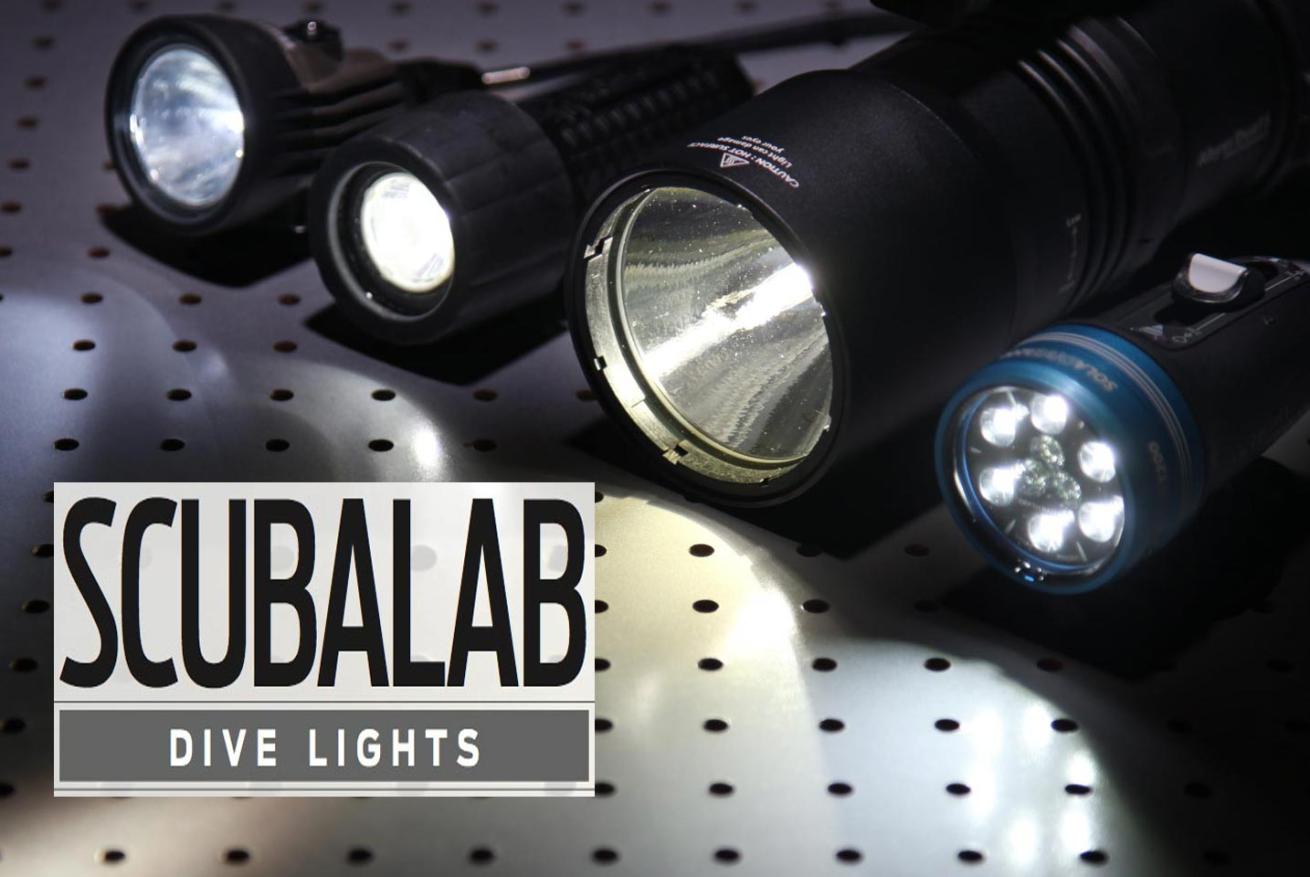
Carrie Garcia
How We Test Dive Lights
Dive-light manufacturers use many different terms in describing their lights — lumens and lux, kelvins, beam angle, wattage, etc. — all of which are perfectly legitimate but can be thoroughly confusing. To cut through this confusion, ScubaLab has designed a test protocol that focuses on a few basic points that can be applied to any light. The ScubaLab test team first takes each light into a darkroom, then places it on a pedestal six feet from a white screen. Using a Sekonic L-308S digital light meter, we measure the exposure-value (EV) reading at the center of the hot spot and 12 inches out from center at the four compass points. These readings allow a direct comparison between lights, no matter how many bulbs, batteries or whiz-bang optics they might have. It also lets us see the overall brightness of a light and how quickly it falls off as it’s moved away from center. A dive light that produces a high EV reading at the center of its main beam, and which maintains a high reading 12 inches out from the center, is obviously putting out more light than one that doesn’t.
We then pull out a tape and measure the diameter of the main beam, as well as the width of the halo that surrounds the main beam. Of course, at different distances, beams and halos vary in size; by measuring them at a consistent distance, we can compare them. Finally, we take the lights into the water to evaluate the ergonomics of handles, switches and attachments. Results can be found in the individual reviews as well as in the specifications chart at http://ads.bonniercorp.com/SPD/TestBed/Divelightchart.html.
Dive-Light Reviews
This year’s lights were divided into four categories: Pocket Lights, Compact Primary Lights, Big Primary Lights and Canister Lights. In evaluating each, we use the following terminology:
Hot Spot: Center of the main beam.
Main Beam: The area of light radiating outward in all directions, from the hot spot to the point where brightness takes a radical drop.
Halo: The area of usable light that extends from the outer edge.
Drop-Off: Difference in light intensity from the center hot spot to a point of measurement 12 inches out.
Burn Time: How long will it run on a single set of batteries? All the burn times listed here are based on manufacturer estimates.

The above graph, which we include with each of the lights, gives an overview of the light’s exposure-value (EV) reading at the center of the hot spot, and the EV reading 12 inches out from the center, so you can see how much light is being emitted. While it’s not the only aspect that should be considered, a light’s difference in EV readings gives us a quick look at its overall brightness and how quickly it falls off as it’s moved from the center. For the full specifications — including bulb, warranty, switch type and more — of each dive light, go to http://ads.bonniercorp.com/SPD/TestBed/Divelightchart.html.
To read ScubaLab's reviews of the Tester's Choice picks from each of the four categories of dive lights, click on the "Related Articles" links below.

